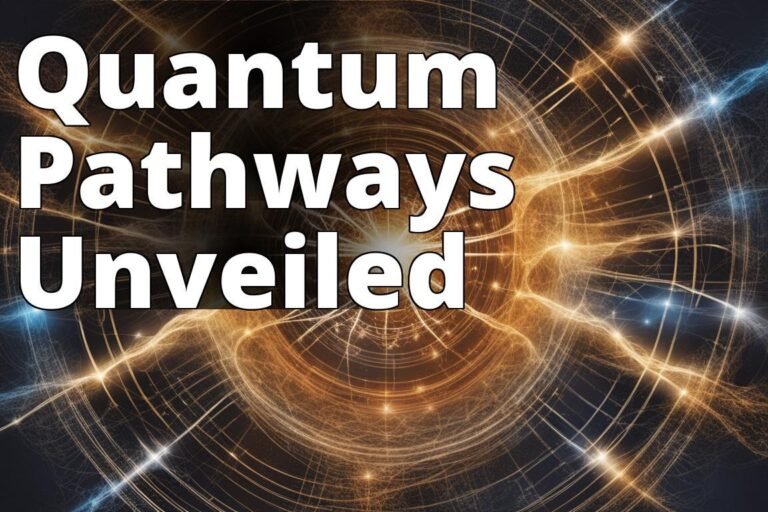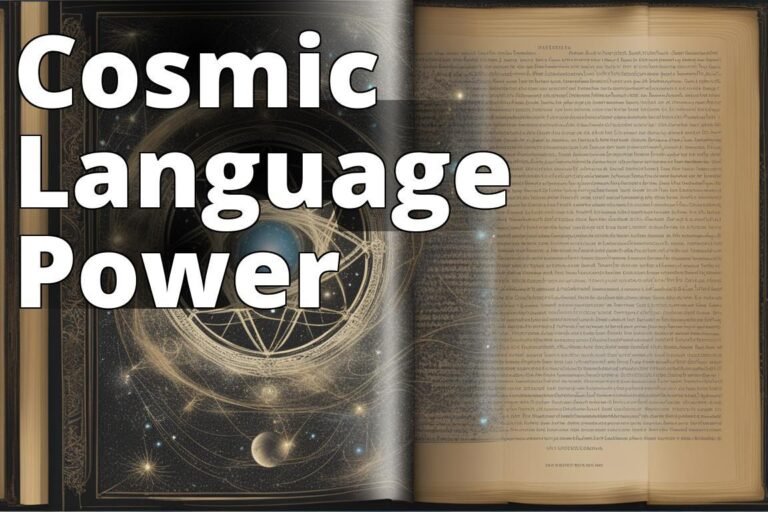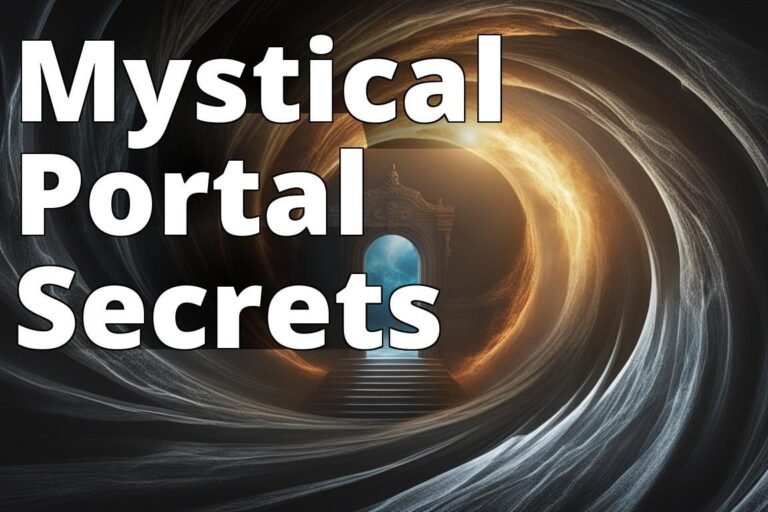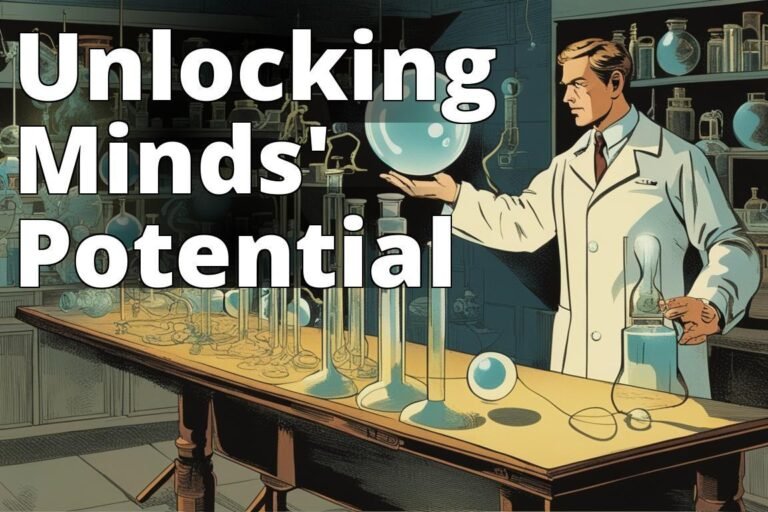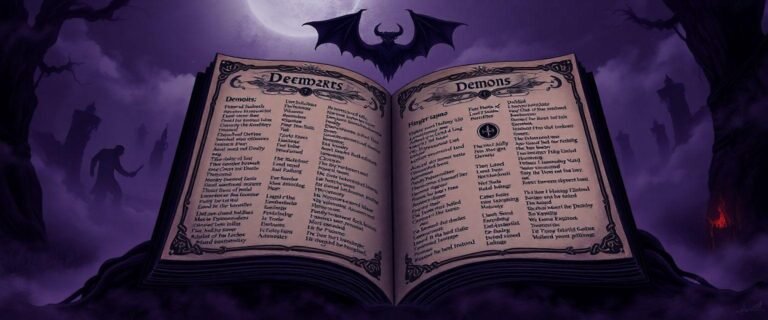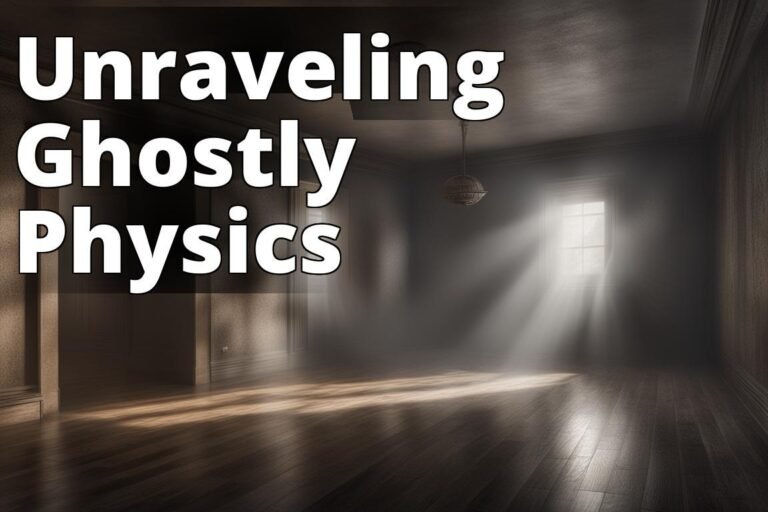The Double-Slit Experiment
Ever wondered about the mysteries of the universe and how the very fabric of reality operates? Well, prepare to have your mind blown as we delve into one of the most fascinating and perplexing experiments in the world of physics: the double-slit experiment. Forget the dry, complicated explanations you might have stumbled upon before. I’m here to take you on a journey through the weird, the wacky, and the utterly astonishing aspects of this experiment, all while keeping it simple. Because, believe it or not, understanding the double-slit experiment is like unlocking a secret door to how the universe might actually work. And it’s not just for scientists in labs; it’s a concept that can change how you view everything around you.
Learn about the Double-Slit Experiment
- Shows how light behaves as a wave and a particle.
- Demonstrates the concept of superposition in quantum mechanics.
- Explains interference patterns in physics.
The Double-Slit Experiment: A Simple Explanation
Let’s start with the basics. Imagine you’re throwing tennis balls at a wall with two slits in it. You’d expect the balls to go through the slits and form two separate piles behind each slit, right? That’s pretty much common sense. But what if I told you that when you shrink down to the tiniest particles in the universe, like electrons, they don’t play by the same rules?
In the early 1800s, a scientist named Thomas Young performed what is now famously known as the double-slit experiment to demonstrate the wave nature of light. He shone a beam of light through two slits and observed that instead of forming two distinct lines on the screen behind the slits, the light created a pattern of many lines, a bit like ripples overlapping when you drop two stones in water. This pattern, known as an interference pattern, was a clear sign that light was behaving like waves, not just particles.
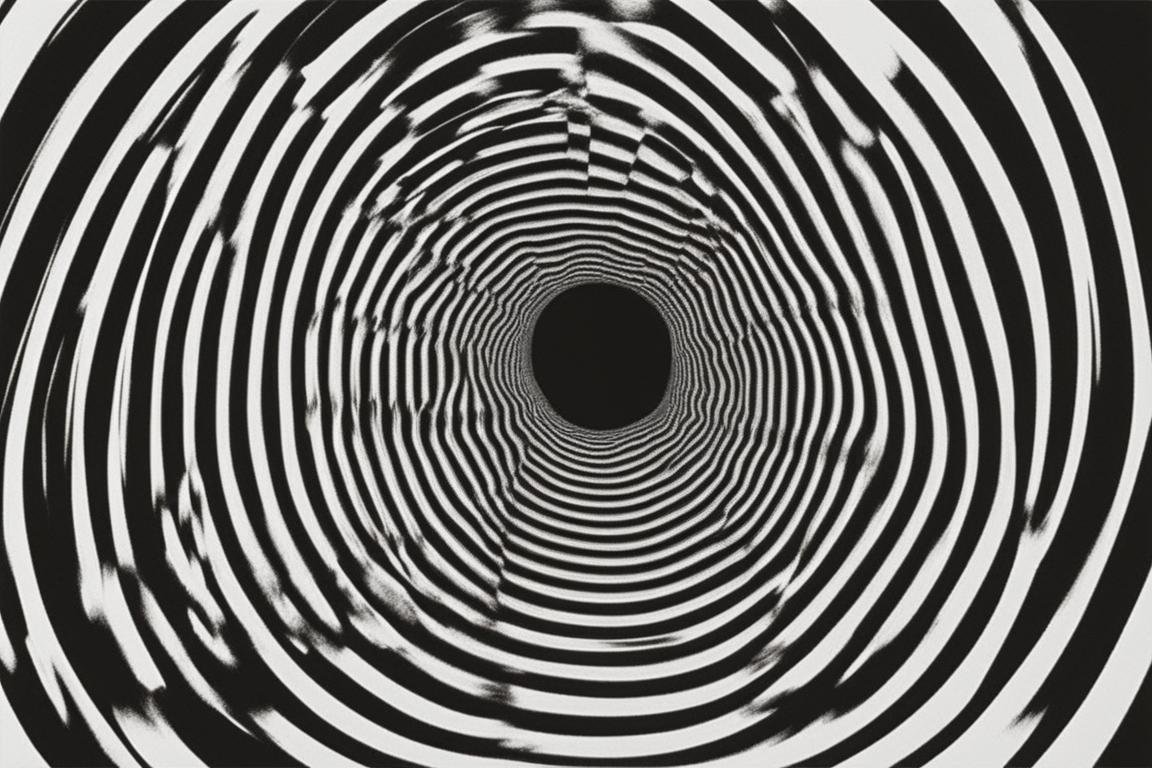
But here’s where it gets even more bizarre. When physicists later performed the same experiment with electrons (and other tiny particles), they expected them to act like tiny tennis balls and just go straight through the slits in two neat lines. Instead, they got the same interference pattern as with light waves. This meant that these particles were also behaving like waves, spreading out, overlapping, and creating patterns, even when they were sent through the slits one at a time. Mind-boggling, right?
Insider Tip: Think of it like each electron has its own little GPS, allowing it to explore all possible paths and choose the one that gets it to the destination in the most interesting way.
But wait, it gets even weirder. When scientists set up detectors to see which slit the particles were actually going through, the interference pattern disappeared, and they started behaving like normal particles again, going through one slit or the other, not both. It’s as if these tiny bits of matter knew they were being watched and decided to act differently. This phenomenon raises profound questions about the role of the observer in the reality we experience.
The Double-Slit Experiment: A More Technical Explanation
For those craving a bit more of the technical sauce, let’s dive deeper. The double-slit experiment fundamentally challenges the classical notion of particles and waves as mutually exclusive categories. In quantum mechanics, this wave-particle duality is a core concept, suggesting that every particle or quantic entity exhibits both particle and wave properties.
When we’re not looking, the particle passes through both slits simultaneously, as a wave capable of interfering with itself, which explains the interference pattern. This wave function, a mathematical description of the quantum state of a system, collapses into a single outcome (particle choosing one slit) the moment we attempt to measure or observe it.
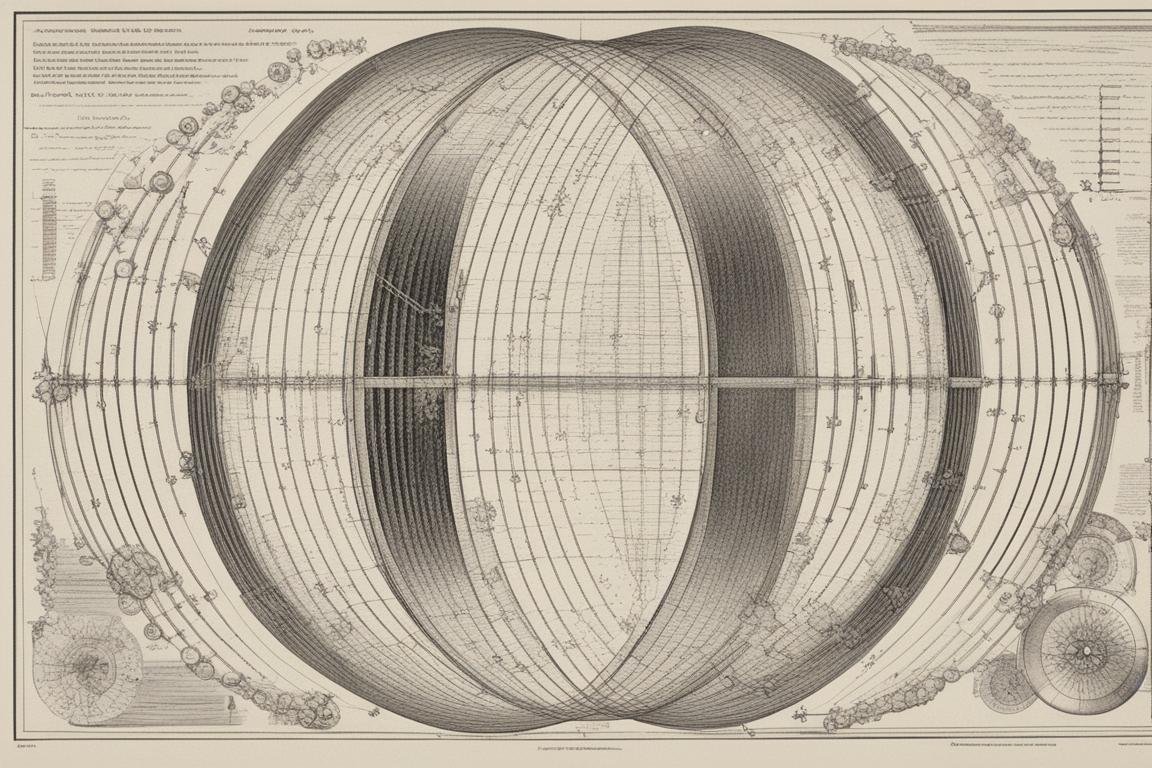
The implications of this experiment stretch far beyond the confines of physics labs. They suggest that at a fundamental level, reality doesn’t exist in a definite state until it’s observed. Some interpretations even propose that the universe splits into multiple realities to accommodate every possible outcome of an observation, a concept known as the many-worlds interpretation.
Insider Tip: When delving into the double-slit experiment, don’t just think about the mechanics; ponder what it means for our understanding of reality, consciousness, and the universe itself.
The double-slit experiment also hints at the interconnectedness of everything at the quantum level. What we perceive as solid boundaries and separateness may just be illusions crafted by our observations. It opens up a Pandora’s box of questions about the nature of reality, free will, and the universe’s ultimate building blocks.
In conclusion, the double-slit experiment is not just a quirky footnote in the annals of physics. It’s a gateway to a deeper understanding of the universe and our place within it. It challenges us to rethink our assumptions about reality, to embrace the mysterious and the unexplained, and to marvel at the sheer wonder of existence. As we continue to probe the depths of the quantum realm, who knows what other secrets we’ll uncover?
So, next time you find yourself gazing up at the stars or down at the intricacies of a flower, remember the double-slit experiment. It’s a reminder that at the heart of everything is a mystery as vast and as beautiful as the universe itself.
Questions & Answers
What was the purpose of the “Slit” experiment in Physics?
The “Slit” experiment aimed to study the behavior of particles and waves.
How did the “Slit” experiment in Physics impact our understanding?
It revealed the wave-particle duality of matter, expanding our comprehension.
Who conducted the “Slit” experiment in Physics?
The “Slit” experiment was famously conducted by Thomas Young in 1801.
What if someone questions the validity of the “Slit” experiment?
The experiment’s results have been replicated numerous times, confirming its validity.
How did the “Slit” experiment challenge traditional Physics theories?
It challenged classical physics by showing that particles can exhibit wave-like behavior.
What is the significance of the “Slit” experiment in Physics of the Supernatural?
The experiment’s findings blur the lines between the natural and supernatural realms.


